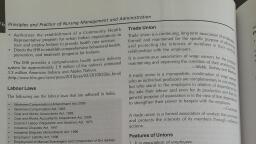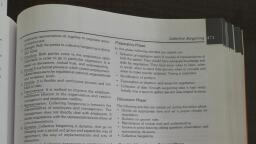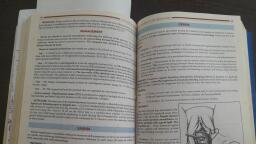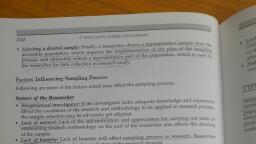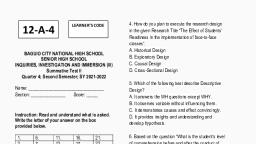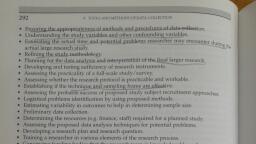Page 1 :
ELEM,, ENTS OF RESEARCH DESIGN oe, , , , , , , , , , , , , , , , , , , , , , , , , , , , , , , , , , , , , , , , , , , , , , , , , , , , , , , , , , , , , , Qualitative, The-a With/withoutJ (Ne-approach Quantitative |+ | a conceptual, framework, Or both, Methods of data ile Population, sample, ebee of eee, Research fecunlaue, Design, Tools & method(s) Time, place and, of data collection ee of data, aes collection, , , , , , , , , , , , , , FIGURE 7.1 Elements of research design, , helps to identify the presence or absence of and comparison between groups. The approach, of research study depends on several factors, but primarily on the nature of phenomenon, under study. At this stage of the research study, conceptual framework may or may not be, incorporated. :, , Research design also provides the researcher with directions about population, sample, and, sampling technique that will be used for the research study. For example, in an ethnographic, qualitative research design, a researcher gets the directive that the population will be a specific cultural group and the study will include a small sample selected through a nonproba, bility sampling technique., , The Time, Place, and Sources of Data Collection, , i i id the sources, ecifying , months, and years of study), location (study setting), an, Se ouiee cee me the other important constituents essential to ensure effective plan, ning to conduct a research study., , , , , , ods of Data Collection, , esign i the description of different tools and methods of data, Gee oo . ee eer direct observation, or any other methods that, , particular Goech of the research as well as nature of the phenomenon under study., , , , , , , , ate in, , irsing, , 97




